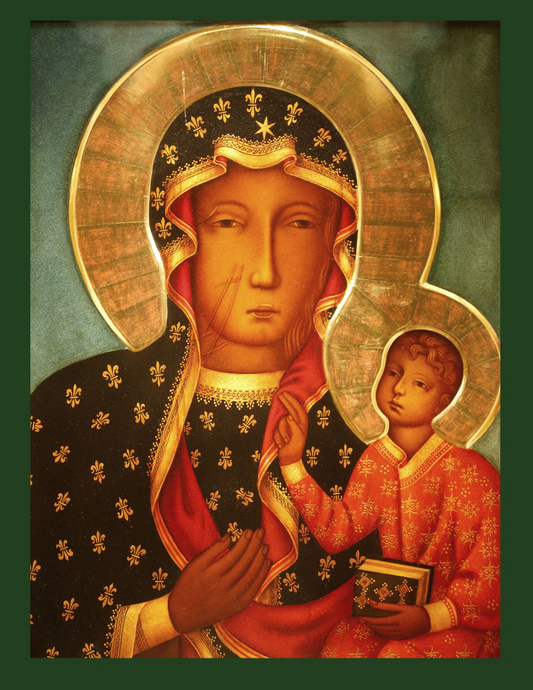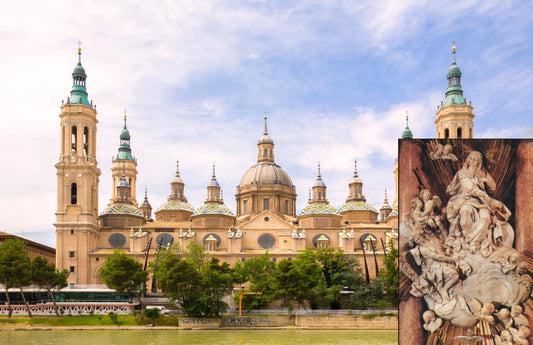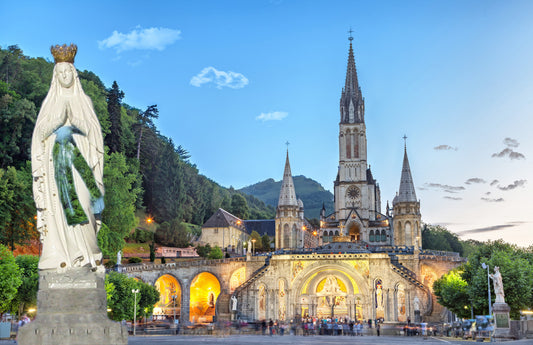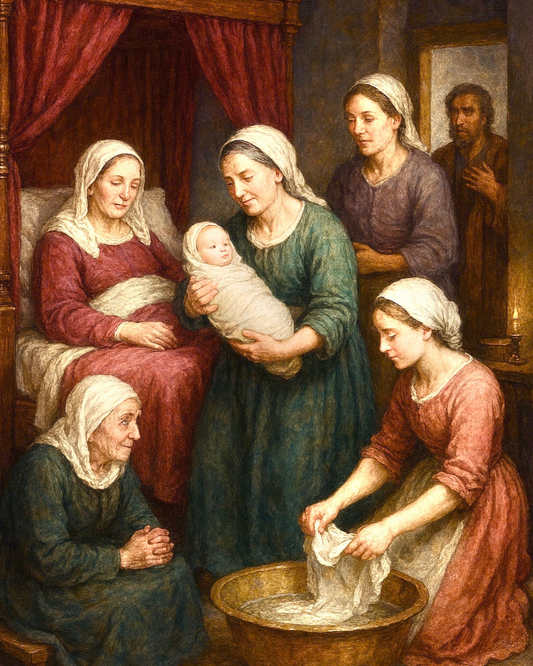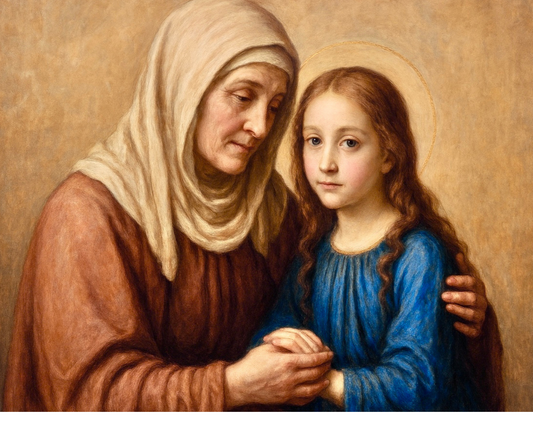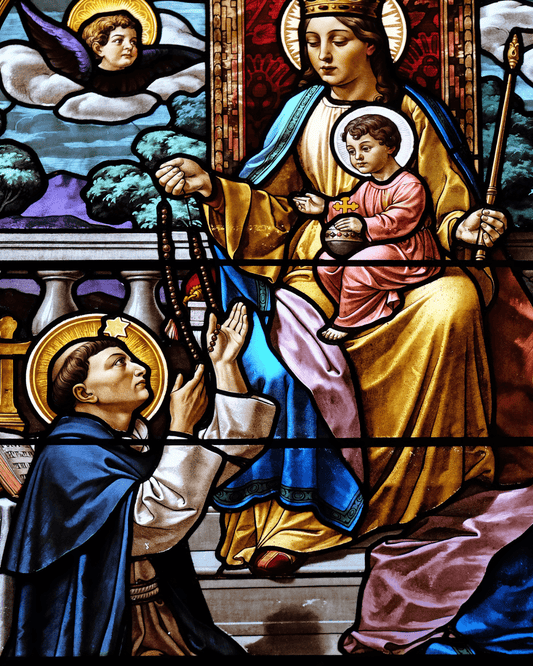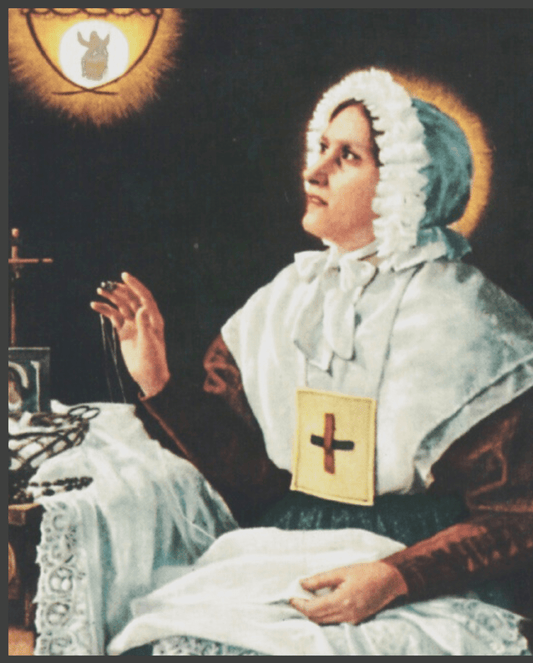Catholic Artwork
Digital Images Downloads
High Resolution Images
Formats png or pdf
Sizes 8 by 10 11 by 17
Download each purchase up to 5 times
These downloads are for your and not to be reproduced in bulk. thanks
Digital Downloads and the Future of Sacred Art
In an era where a single tap can summon a library of knowledge, the world of Catholic artwork is undergoing a quiet but profound transformation. Digital downloads—those intangible treasures of pixels and code—are redefining how we engage with sacred imagery, once confined to cathedral walls or dusty prayer books. It’s a shift that feels almost miraculous in its own right, as if the brushstrokes of centuries past are being reborn in the glow of a smartphone screen.
Consider the practicality: a high-resolution scan of a medieval icon, once accessible only to scholars or pilgrims who trekked to remote monasteries, can now be downloaded in seconds. Families can adorn their home altars with digital prints of Our Lady of Guadalupe or the Sacred Heart, without the prohibitive cost of physical reproductions. Artists, too, are finding new canvases in the digital realm, crafting devotional pieces that resonate with modern sensibilities while honoring ancient traditions. It’s a democratization of beauty, a way to ensure that the visual language of faith isn’t locked behind glass or lost to time.
Yet, there’s a tension here, a whispered debate among the faithful. Can a digital image carry the same spiritual weight as a weathered statue kissed by generations of prayerful hands? Does the act of downloading diminish the reverence we owe to these sacred depictions? These are questions without easy answers, but they echo the same struggles the Church has faced with every technological leap—from the printing press to televised Masses. The heart of the matter remains unchanged: art, in any form, is a window to the divine, a reminder of the eternal that transcends the medium.
Looking ahead, the future of sacred art feels boundless. Virtual reality could soon let us step into the Sistine Chapel from our living rooms, gazing up at Michelangelo’s masterpiece as if we were there on the day it was unveiled. Augmented reality might overlay prayers or scriptural reflections onto digital prints, turning a static image into an interactive meditation. These aren’t mere gimmicks; they’re tools to deepen our connection to the mysteries of faith, to make the invisible visible in ways our ancestors could only dream of. The challenge lies in balancing innovation with reverence, ensuring that technology serves as a bridge to the sacred, not a barrier.

Saints in Brushstrokes: Depictions of Holy Lives
Let’s pause for a moment and step into the quiet reverence of a cathedral, where the light filters through stained glass and lands on a canvas that seems to breathe with divine life. Catholic artwork, particularly the depictions of saints, isn’t just decoration—it’s a portal to the sacred, a visual gospel etched in pigment and gold leaf. These paintings and sculptures, often tucked into the corners of history, carry the weight of holy lives, inviting us to contemplate the grit and grace of those who walked before us in faith.
Take, for instance, Caravaggio’s The Calling of St. Matthew. The scene is raw, almost cinematic—Christ’s hand stretches out, piercing the dim tavern with purpose, while Matthew, a tax collector steeped in worldly grime, looks up, startled by grace. Caravaggio doesn’t shy away from the mess of humanity; he paints shadows as deep as sin itself, yet the light, oh, the light—it’s a silent sermon, a reminder that holiness often finds us in our lowest places. This isn’t just art; it’s a story of conversion, a mirror for anyone who’s ever felt unworthy of a higher call.
Then there’s Gian Lorenzo Bernini’s Ecstasy of Saint Teresa, a sculpture that captures a mystic’s encounter with the divine in a way that feels almost too intimate to witness. Teresa’s face, caught in a moment of spiritual rapture, is both pain and joy, her body seemingly lifted by an unseen force as an angel hovers with a spear of divine love. Bernini doesn’t just carve marble; he carves emotion, making the invisible visible. It’s a testament to the Catholic imagination—how faith can transform the coldness of stone into a heartbeat of heaven.
These works aren’t mere relics of a bygone era. They’re living lessons, urging us to see the saints not as untouchable icons but as brothers and sisters who struggled, doubted, and ultimately surrendered to something greater. Whether it’s the serene gaze of the Virgin Mary in a Renaissance Madonna or the fierce determination of St. Michael slaying the dragon, each brushstroke and chisel mark whispers a truth: holiness is possible, even for us. These depictions challenge us to look deeper, to find the sacred in our own flawed stories, and to remember that the saints aren’t just in heaven—they’re in the art that surrounds us, waiting to guide our steps.



